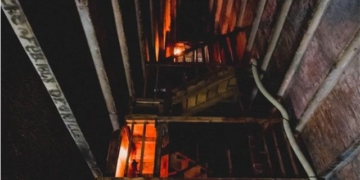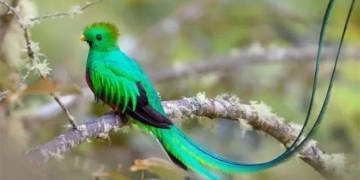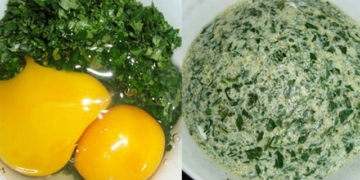The Antarctic is known as one of the coldest and most extreme climates on Earth. The ecosystem and wildlife here consistently surprise scientists.
Huw Griffiths, a marine geographer at the British Antarctic Survey (BAS), has just released a list of the strangest Antarctic animals. These creatures exhibit unique ways of living to survive in Antarctica – one of the harshest environments on Earth, according to National Geographic.
1. Hoff Crab
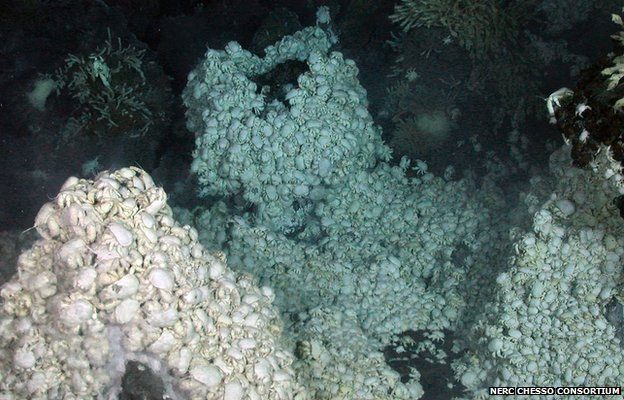
Hoff Crab crawling around hydrothermal vents.
First on the list is the Hoff Crab, named after American actor David Hasselhoff due to its hairy chest resembling a perfect physique. This species “cultivates” bacteria on its dense chest fur, which it then consumes as food.
Interestingly, they thrive around hydrothermal vents located about 2.5 kilometers deep in the Southern Ocean – an area with extreme temperatures where few species can survive.
2. Icefish

Icefish.
The Southern Ocean is also the “home” of the icefish – a species with a transparent body, allowing for visibility through it, which contains antifreeze glycoproteins instead of blood cells like typical fish. This adaptation helps them survive in the frigid Antarctic waters.
3. Antarctic Springtail

Antarctic Springtail.
Another uniquely adapted creature is the Antarctic Springtail (Megaphorura arctica). Despite measuring only 1-2mm in length, it is the largest terrestrial animal in Antarctica (as penguins and seals are not considered terrestrial animals), according to National Geographic.
Moreover, these tiny springtails can survive by freezing solid and then regularly thawing their bodies. “If you placed a springtail in the refrigerator, it would feel perfectly comfortable wandering around inside,” Griffiths noted.
4. Sea Spider
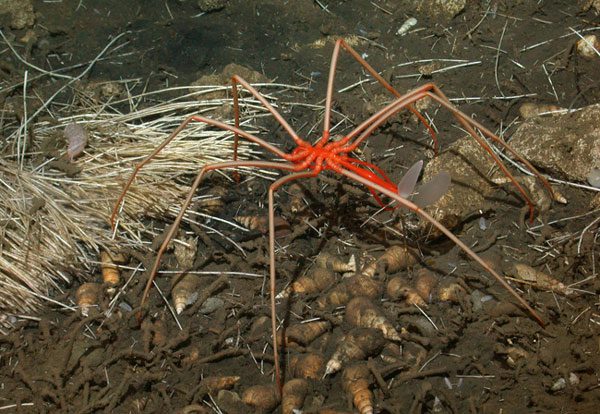
Antarctic Sea Spider.
While terrestrial animals in Antarctica are small, marine creatures are quite the opposite – they can be enormous. For example, the sea spider breathes through “air tubes” in its body, allowing it to absorb large amounts of oxygen, which contributes to its significant growth over time.
A comparison can be made: a sea spider in Europe is the size of a small fingernail, but an Antarctic sea spider can be as large as a dinner plate. “Sea spiders are common and more diverse in Antarctica than anywhere else on Earth,” Griffiths remarked.
5. Glass Sponges
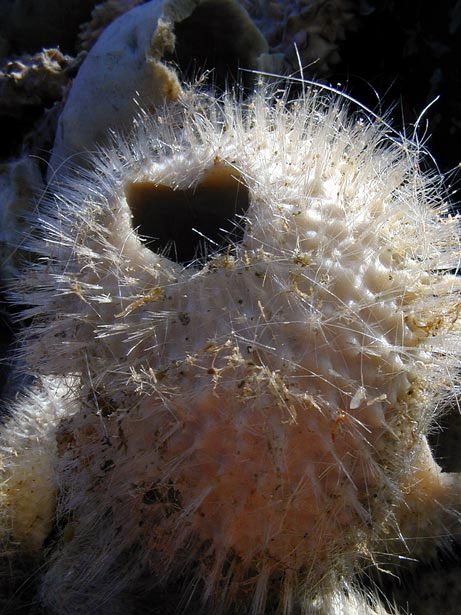
Antarctic Glass Sponges.
The glass sponges possess a rigid body structure due to their skeletons made from highly durable silica. This sponge species is widespread and “dominates” the Antarctic seabed, providing habitat for hundreds of other animal species.
Glass sponges have sharp structures that can pierce and “get stuck” in the skin, so Griffiths advises caution when handling them.
6. Black Icefish
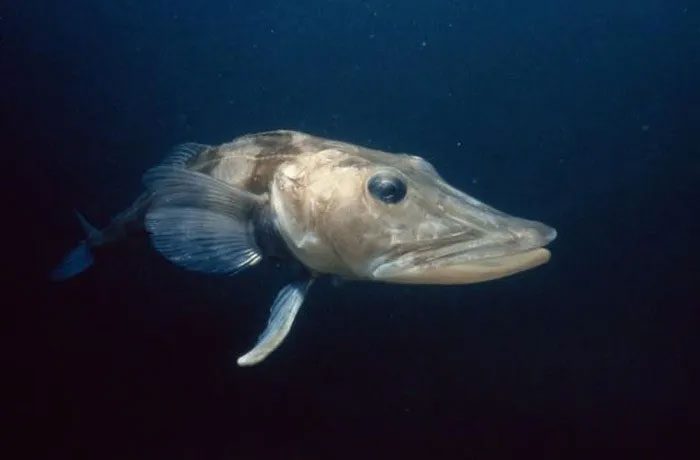
The blood of the black icefish is white.
Black Icefish (Chaenocephalus aceratus) is considered by scientists to be a bizarre species capable of living in the coldest marine environment on Earth in Antarctica. Indeed, this fish possesses many special abilities. According to scientific research, the blood of the black icefish is white. Additionally, it has an exceptionally large heart and very low mineral density in its bones.
7. Red Sea Cucumber
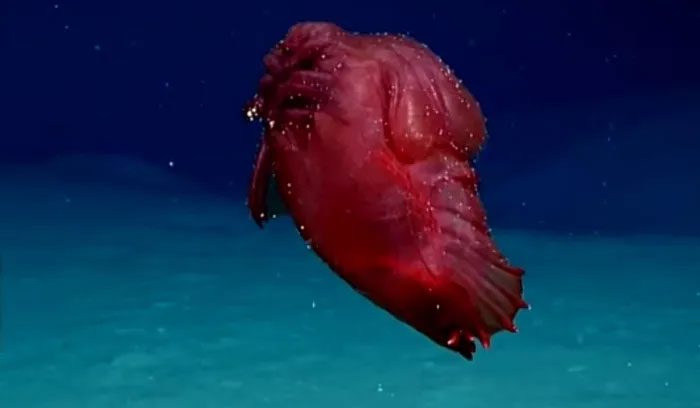
This sea cucumber can glow in the dark.
Researchers from Australia were astonished when they accidentally discovered this strange organism in Antarctica using special cameras. This blood-red sea cucumber, scientifically named Enypniastes eximia, can even glow in the dark.
8. Polychaete Worm
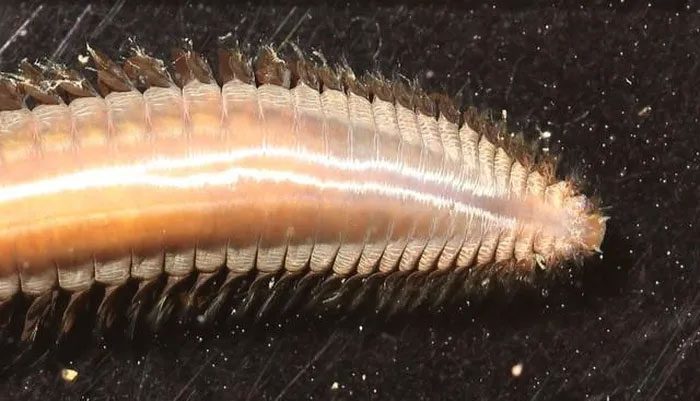
This polychaete worm is related to earthworms on land.
- Scientists were very surprised to discover this polychaete worm when exploring waters up to 1,000 meters deep under the ice in Antarctica. This discovery immediately attracted the attention of the scientific community, as polychaete worms are found in many of the Earth’s oceans. Notably, this species is related to earthworms found on land.
- Does a Time Portal Really Exist in Antarctica?
- The Origin of “Dark Matter” from Space Found in Antarctica


















































